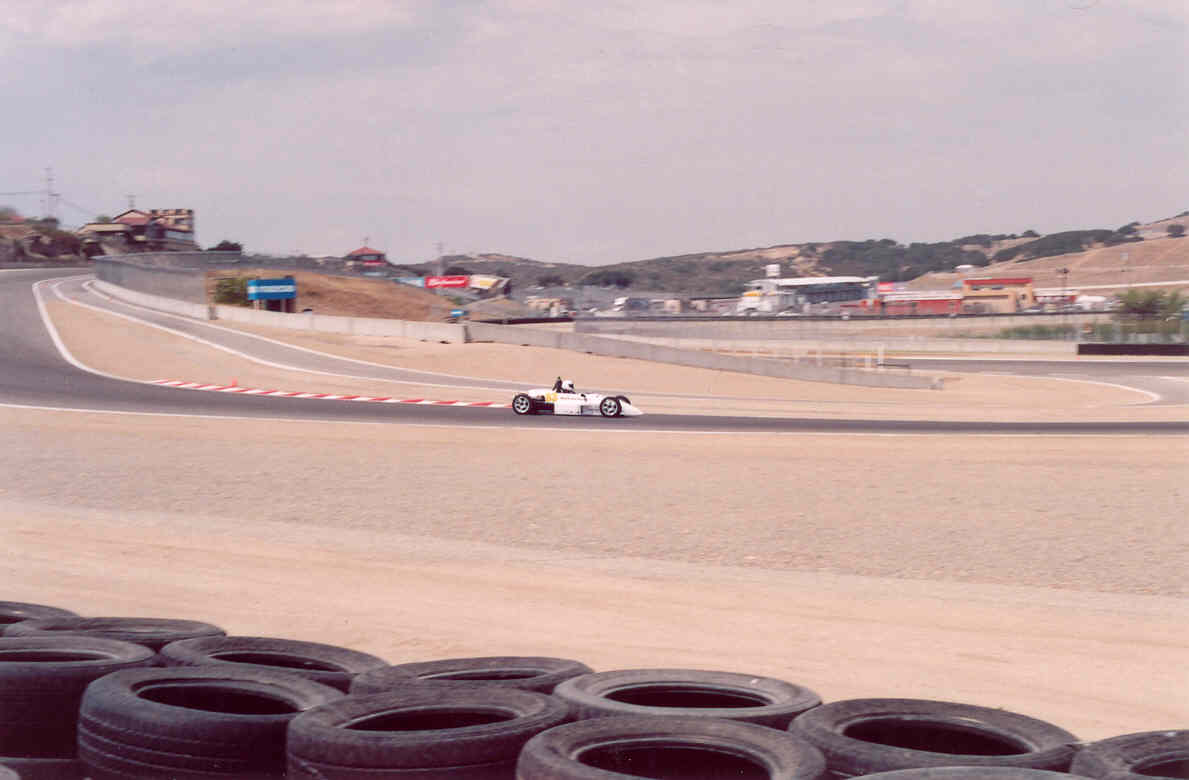
This is me going around turn 2.
| Skip to the Pictures | Video Note: The audio in the video is intermitten. When we started the session it had just rained enough to make the track wet. Only the first half of the session was recorded, the recording ends right when the track starts to dry out and I'm able to put some fast laps together. |
| Day 1 | Handling lecture Slalom Shifting lecture Shifting exercise Lead and follow lapping |
| Day 2 | Flag lecture Lapping Neon lapping w/ instructors Slow in fast out lecture Threshold braking exercise / lapping Trailbraking exercise / lapping |
| Day 3 | Passing / rolling start lecture Passing exercise Rolling Start exercise (4 starts) Lapping Wet weather driving lecture 25 minute lapping sessions |
 This is me going around turn 2. |
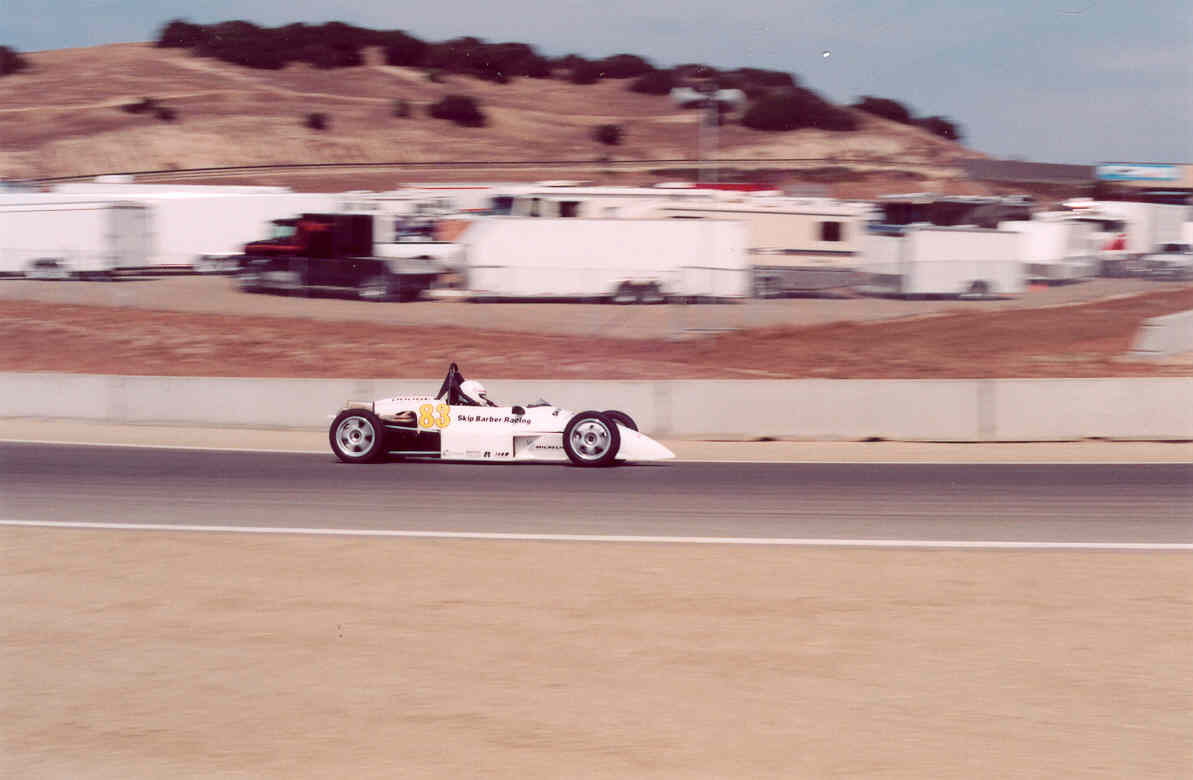 This is my partner going into turn 5. |
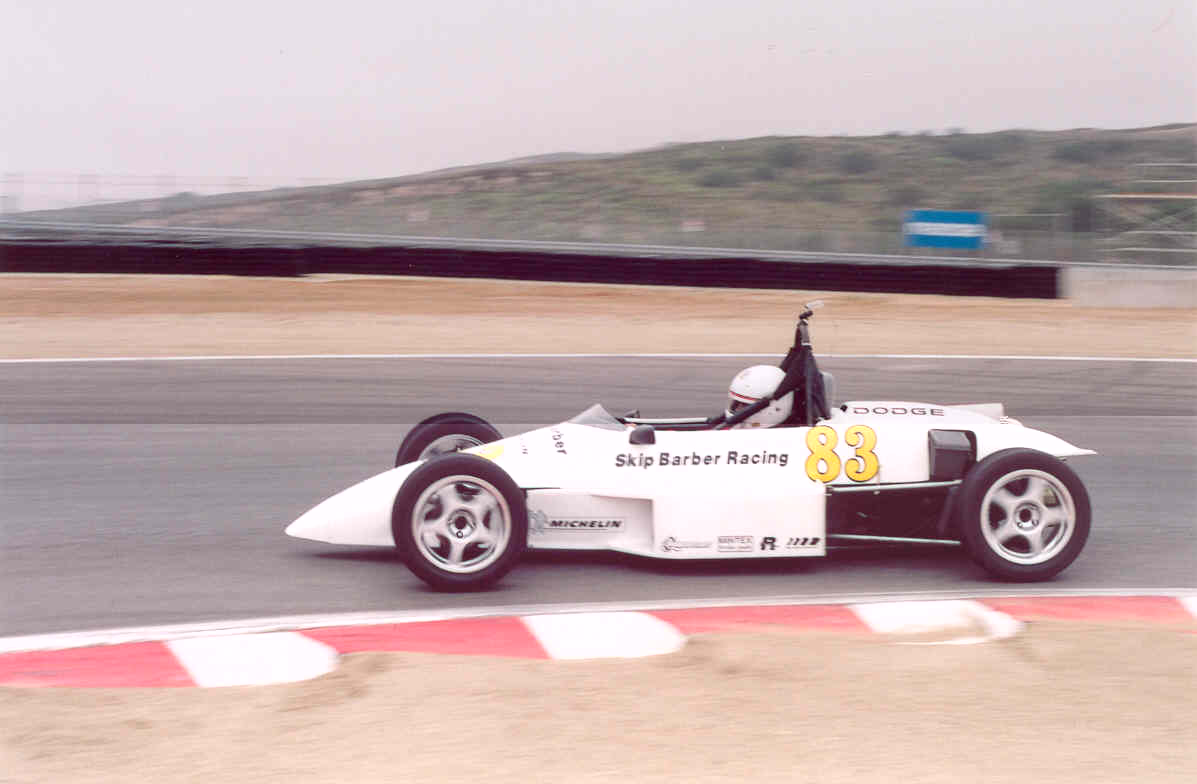 Another shot of my partner, this time going around turn 11. |
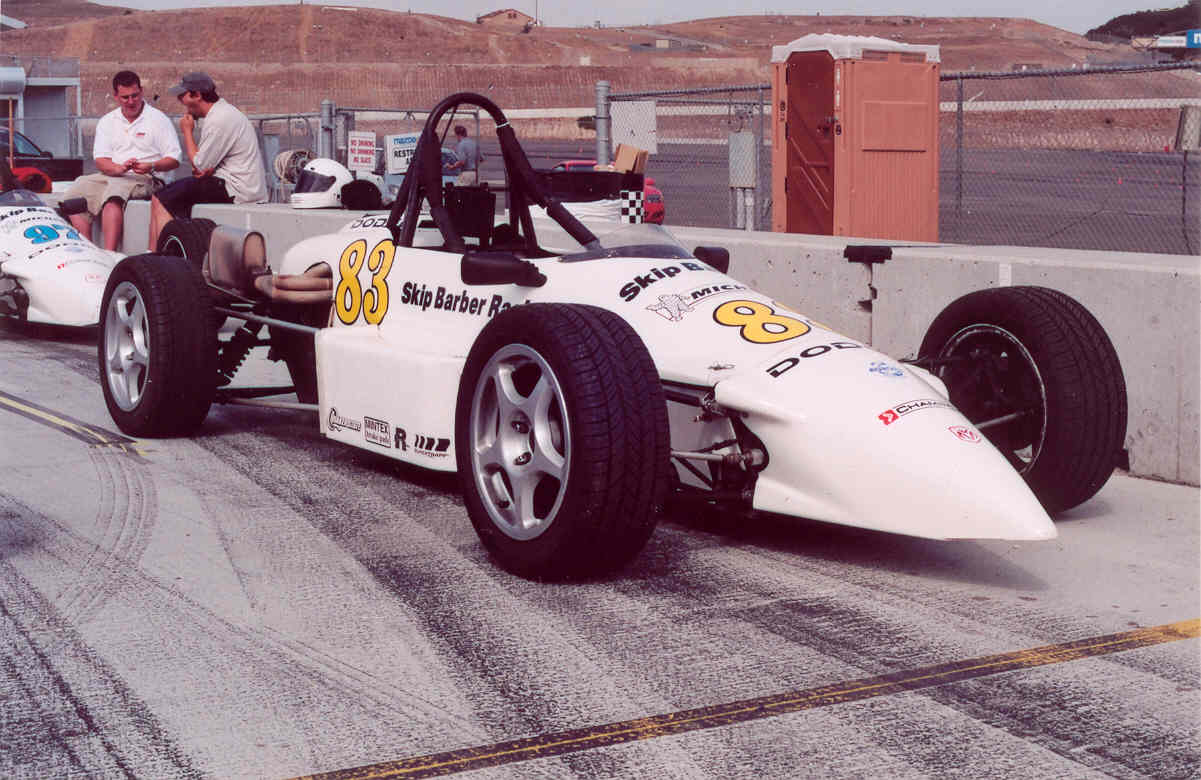 The car. |
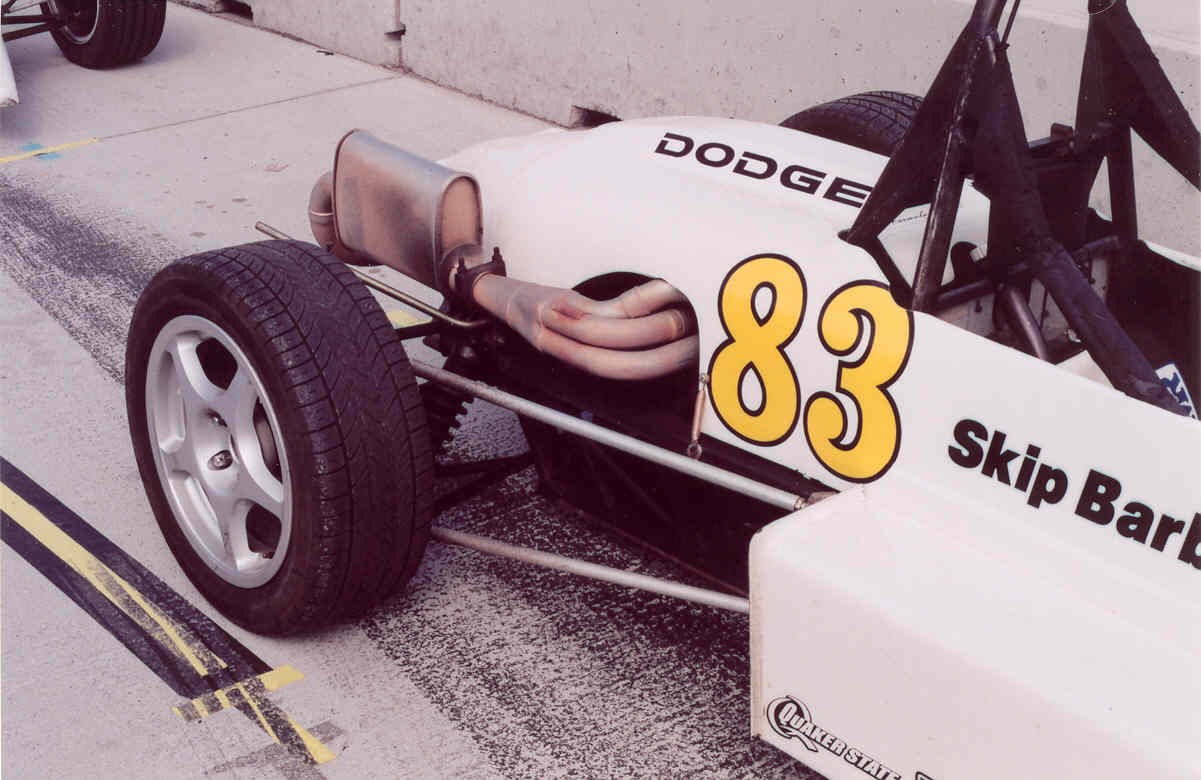 Rear suspension and exhaust system of the car. |
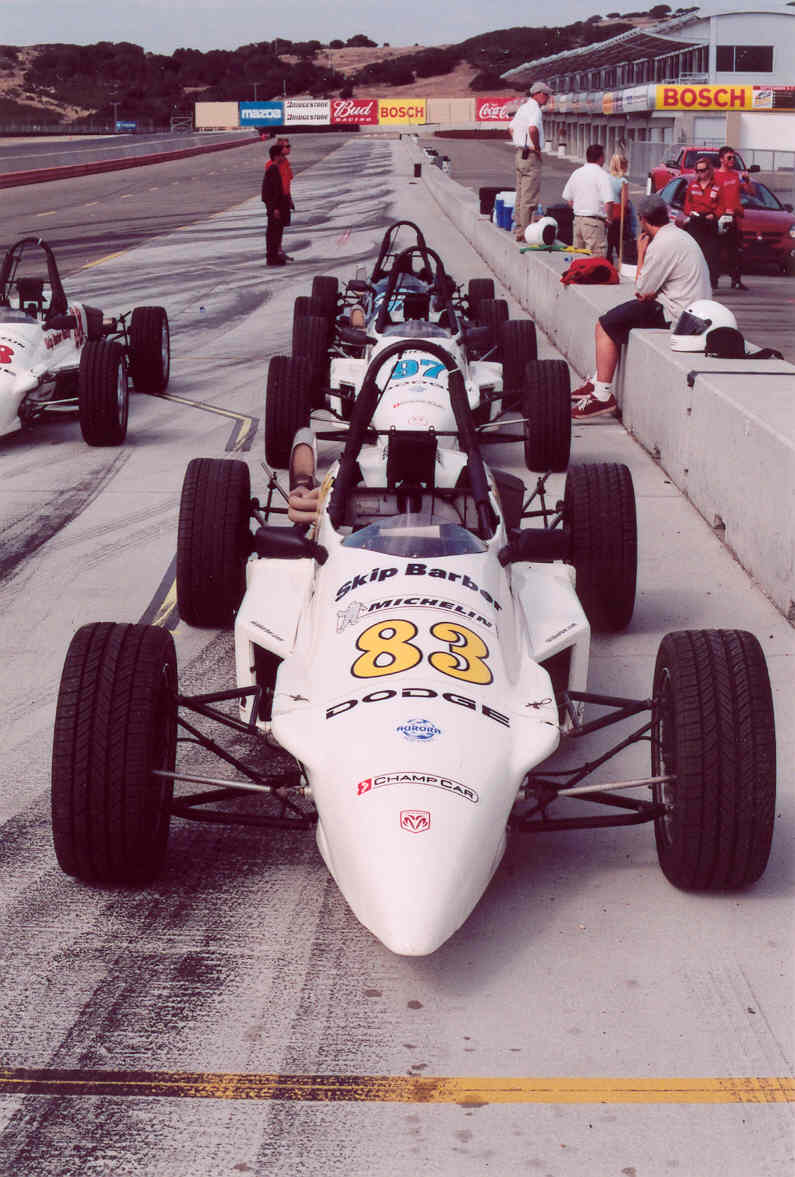 The cars lined up in pit row. |
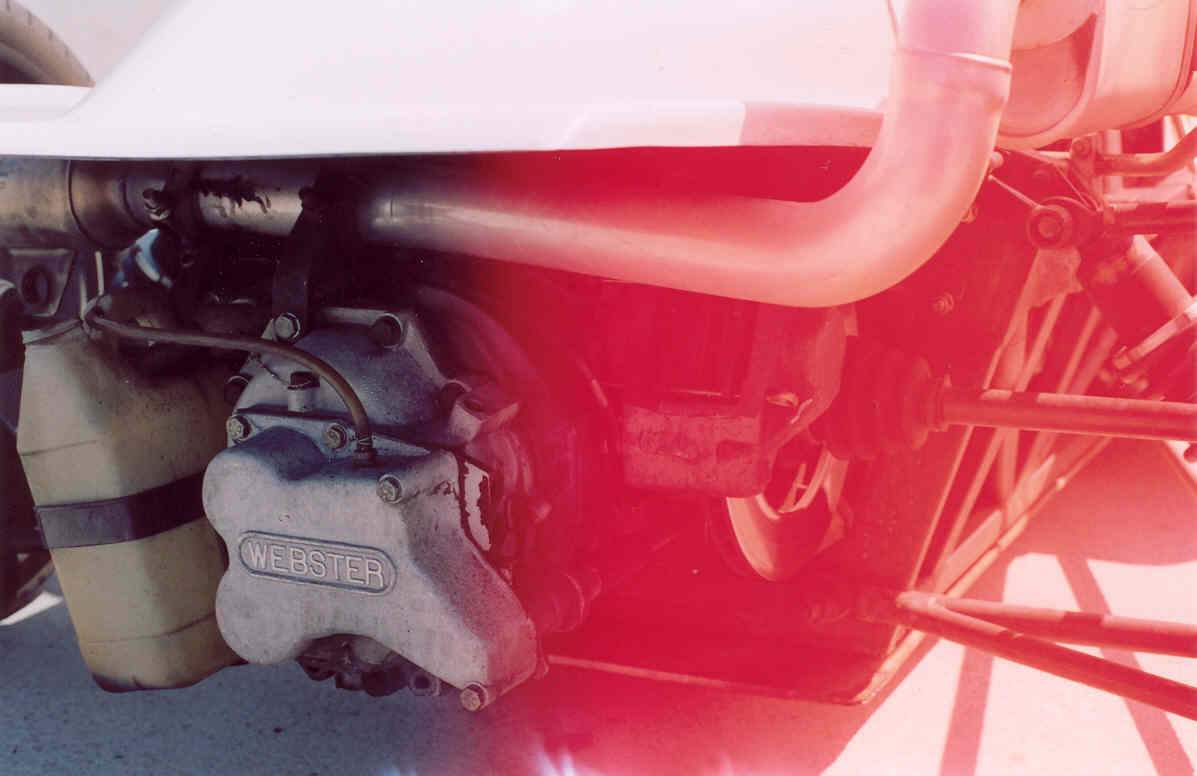 Rear end of the car. Notice how the brakes are on the tranny end of the drive shaft. |
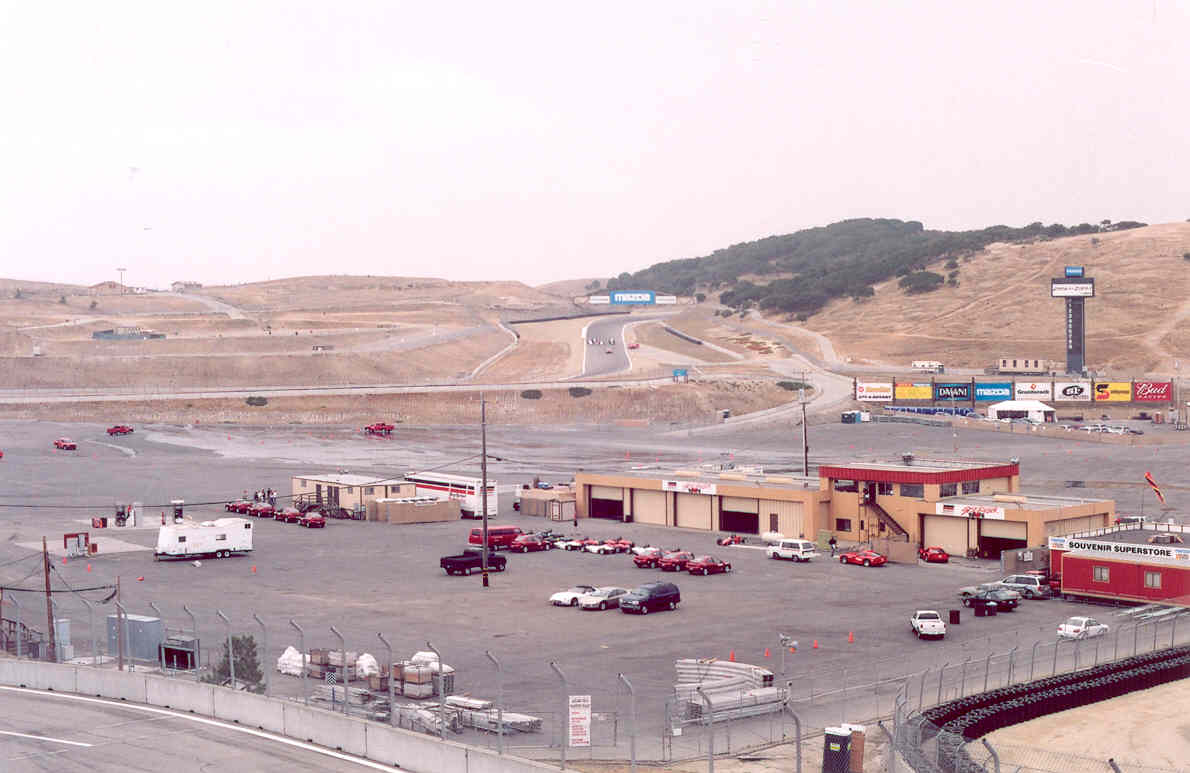 Skip Barber racing school building. There was also a 2 day driving school doing on. |
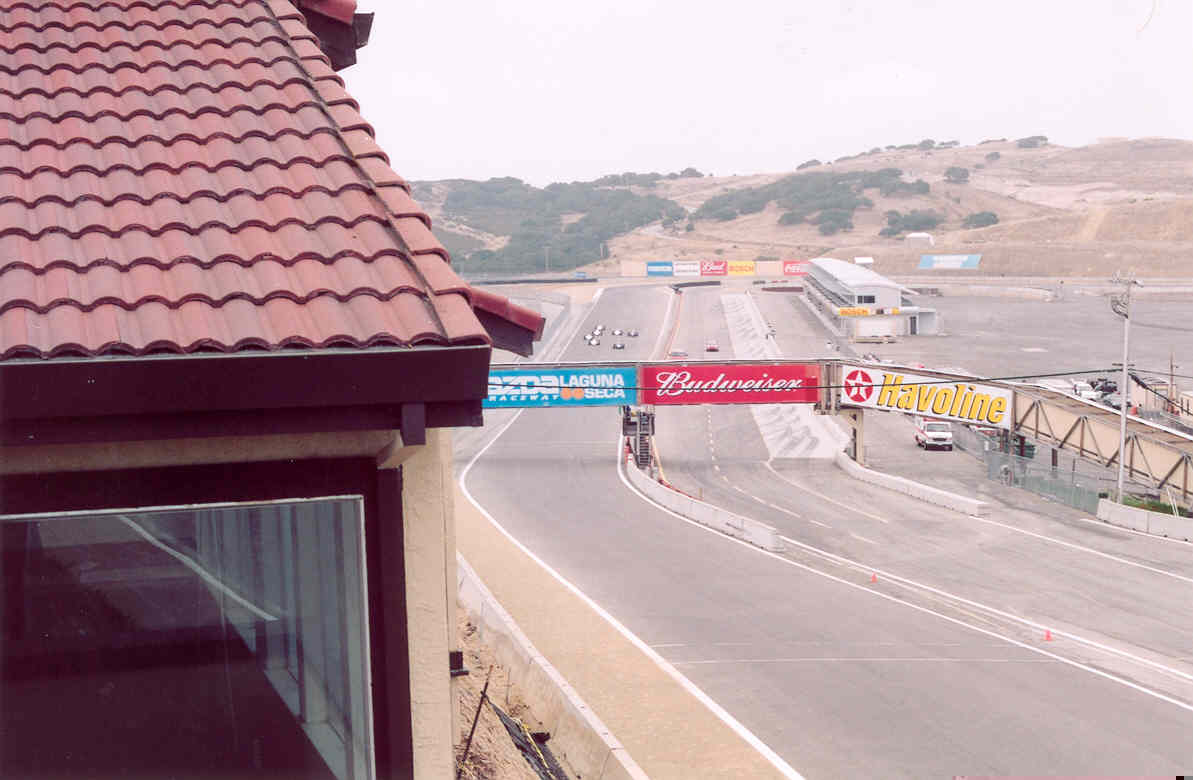 One of our practice starts. |
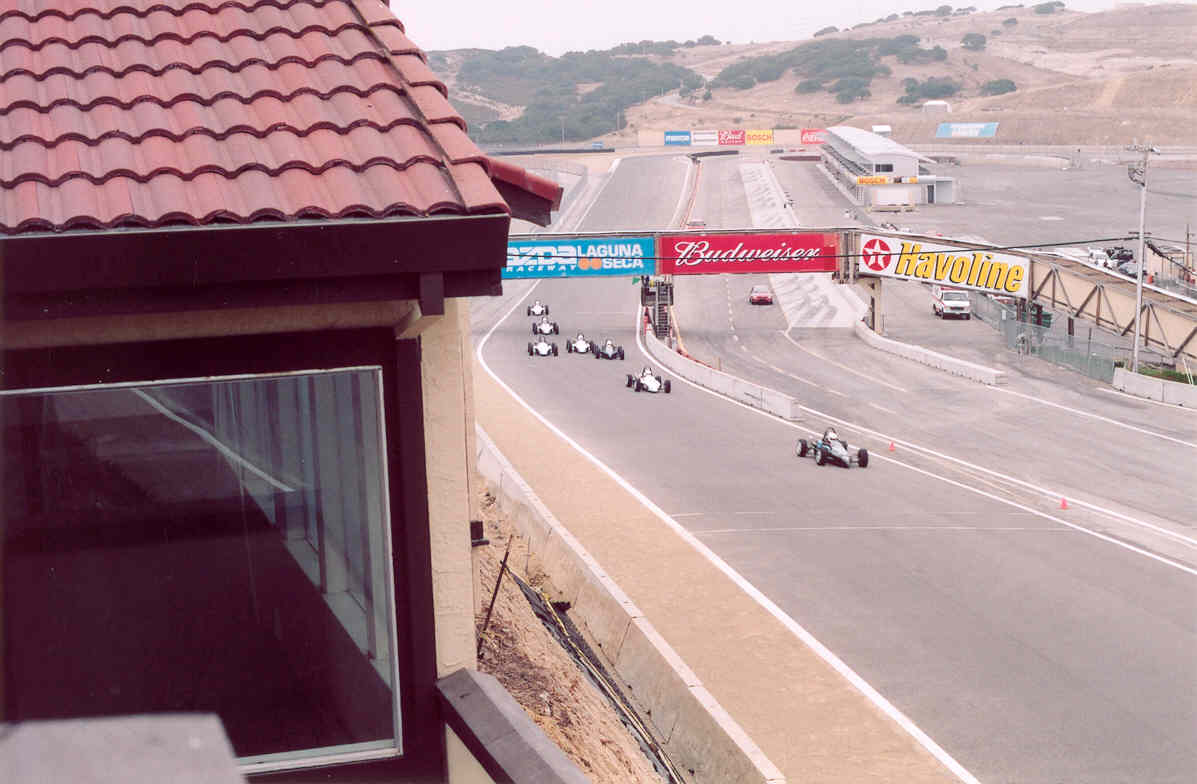 Going 3 wide into turn 2 isn't such a good idea. |
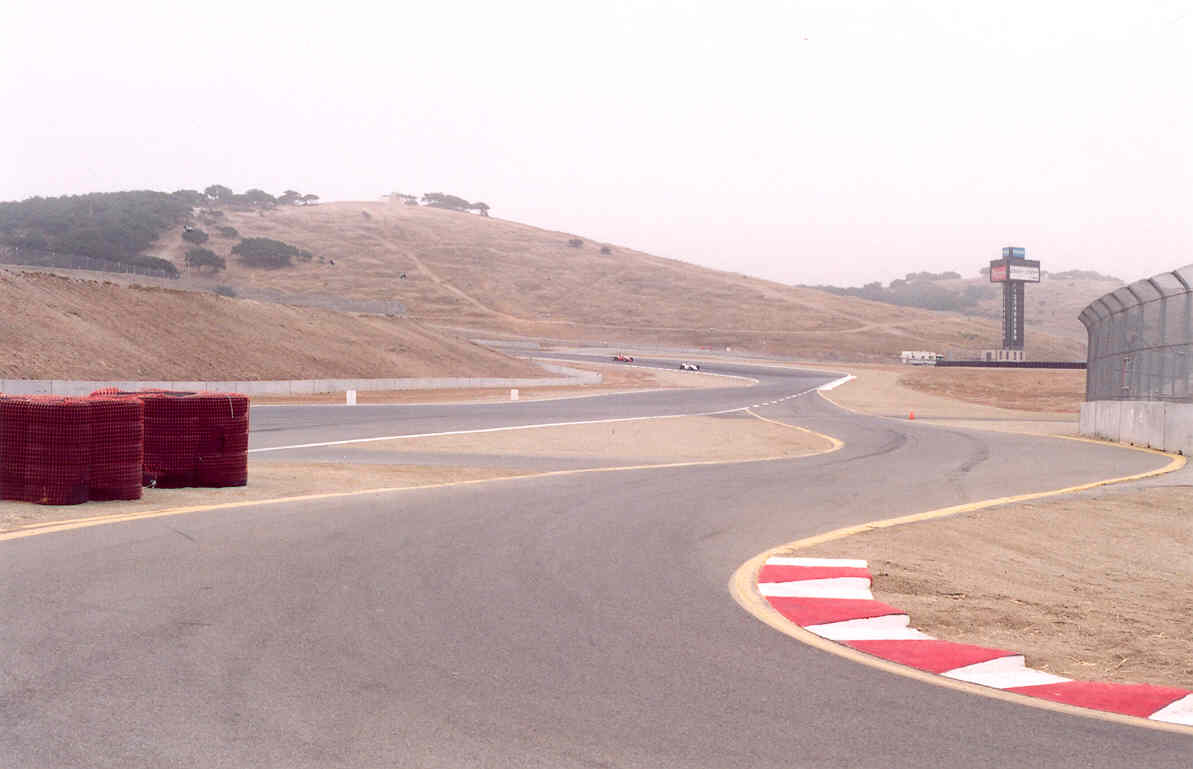 Turn 10. |
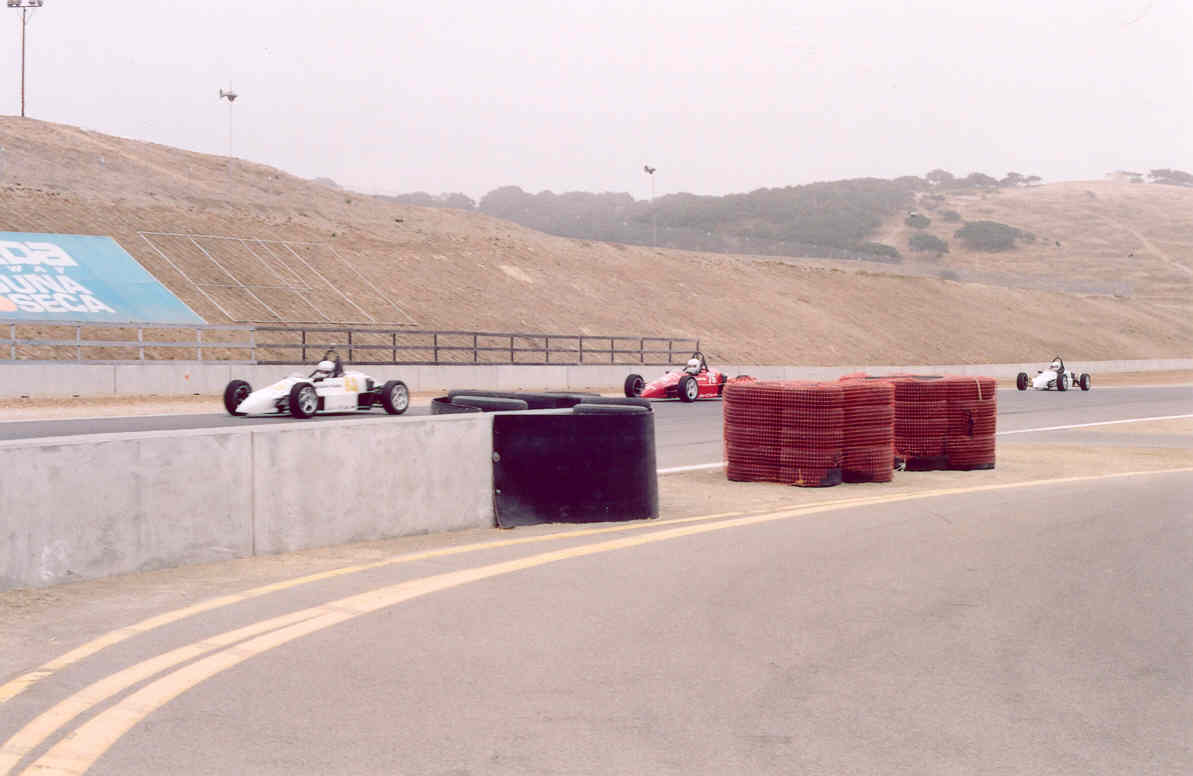 Braking hard for turn 11. |
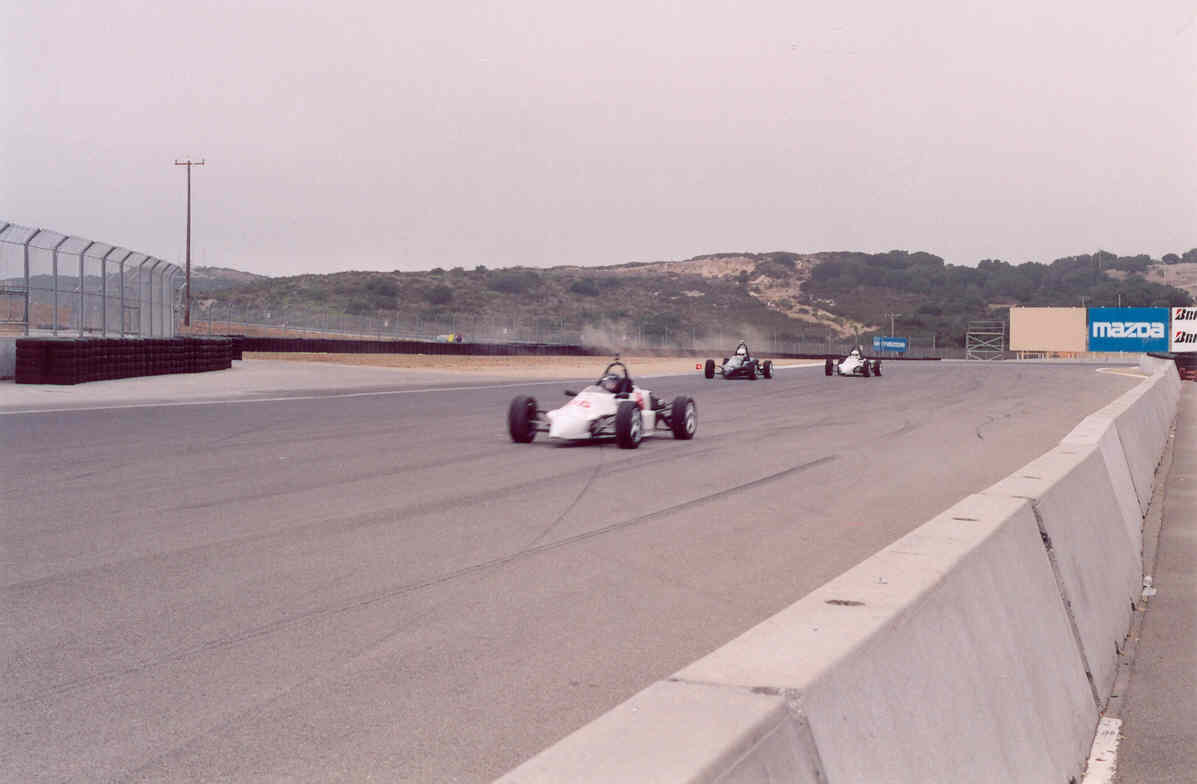 Out of turn 11 and onto the front straight. |
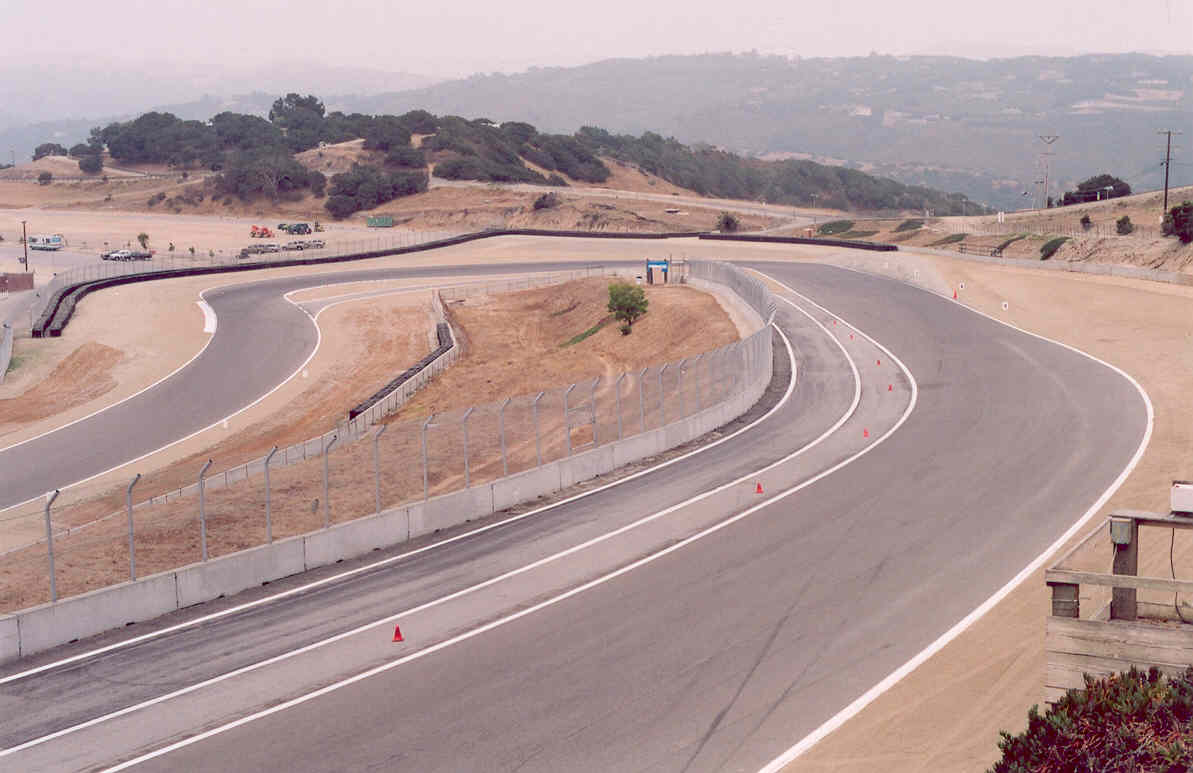 Turn 2. |
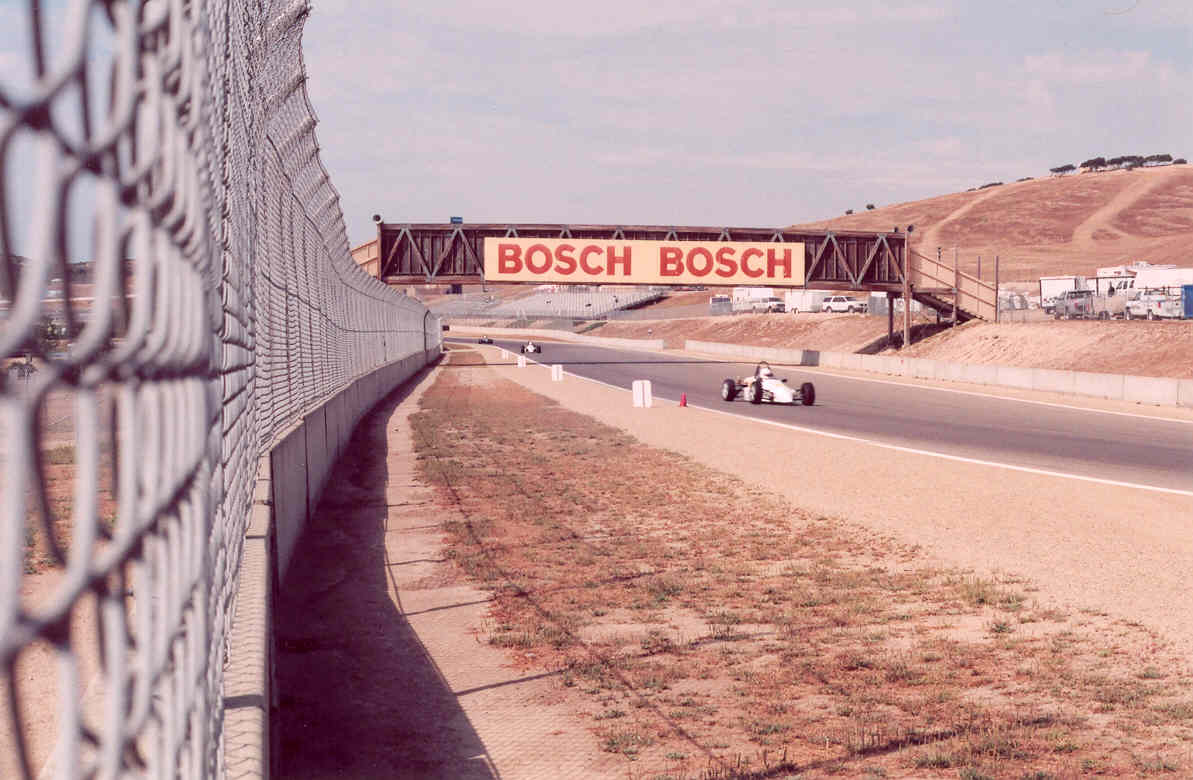 Braking and turn in for turn 5. |
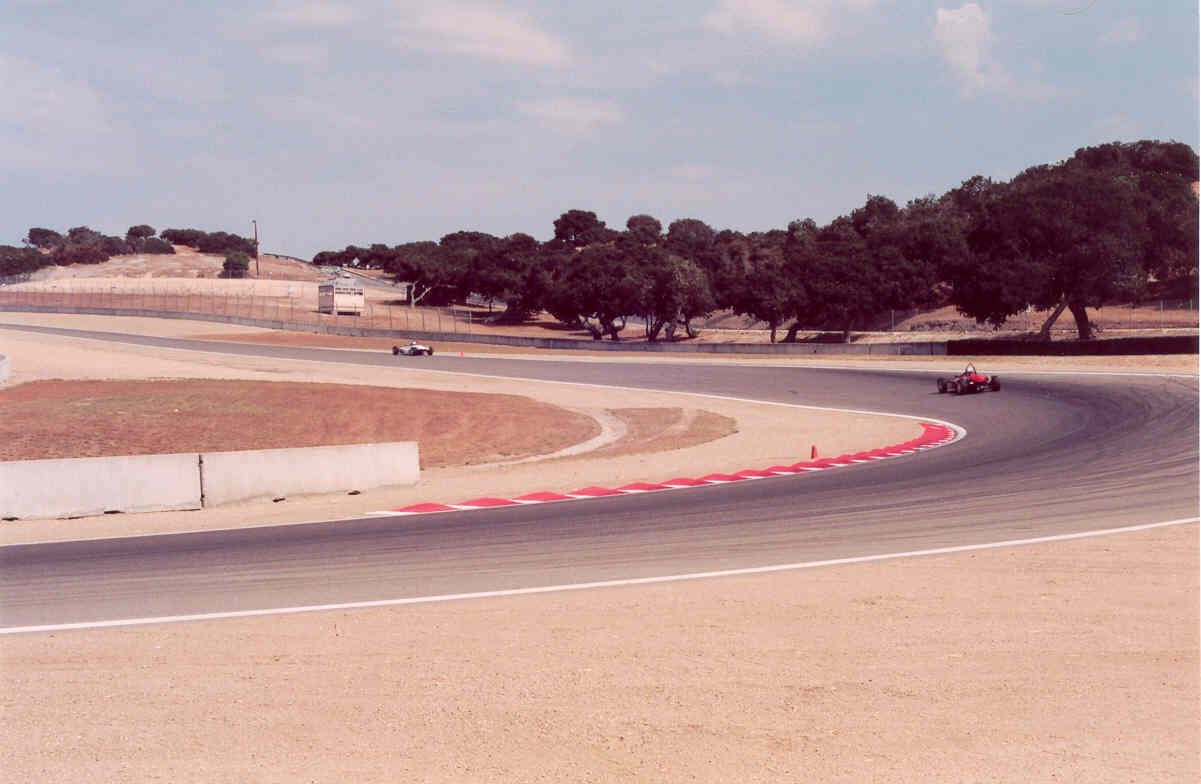 Apex and exit for turn 5. |
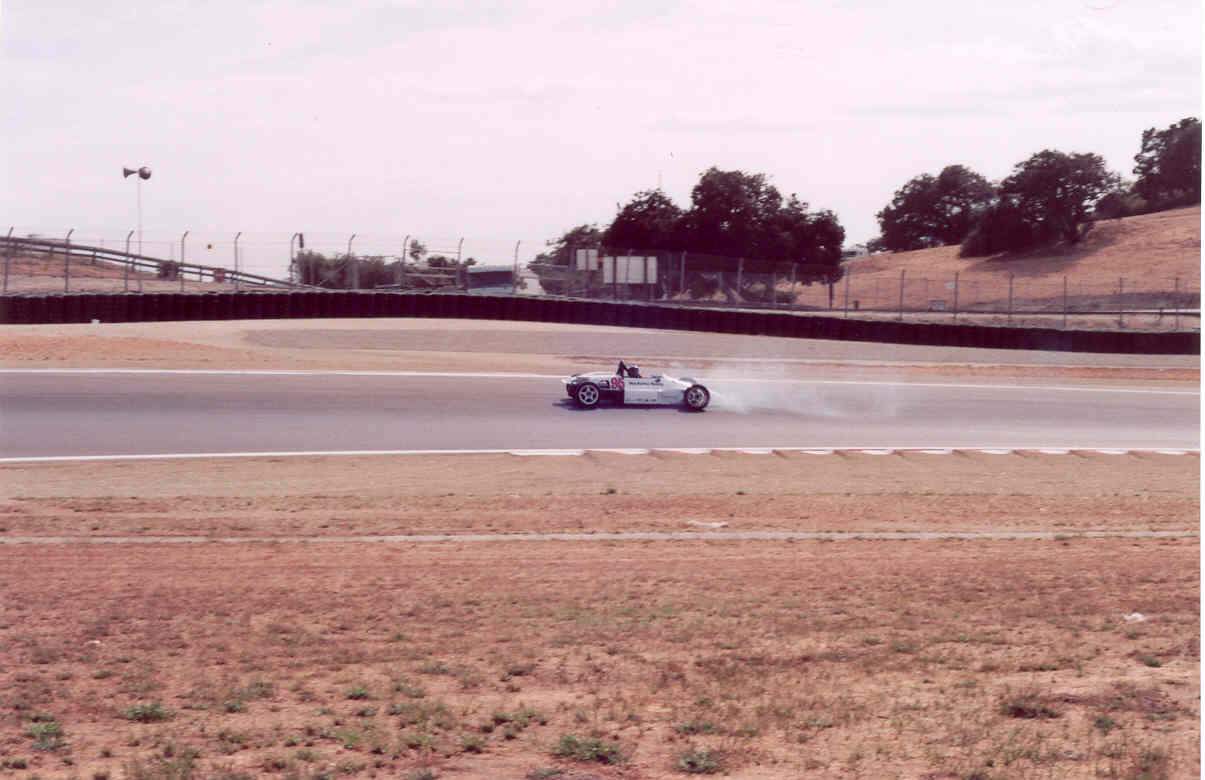 Facing the wrong direction and about to get hit head on. |
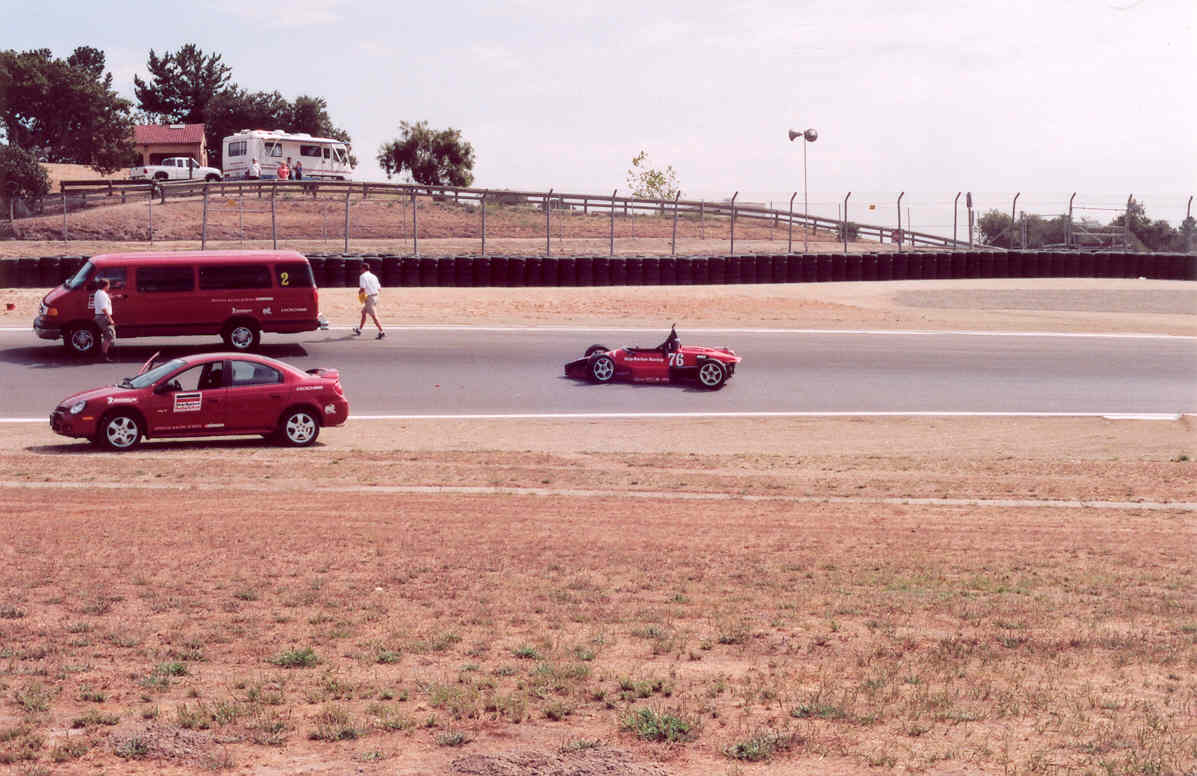 After the wreck. Notice the front left wheel is deranged. |
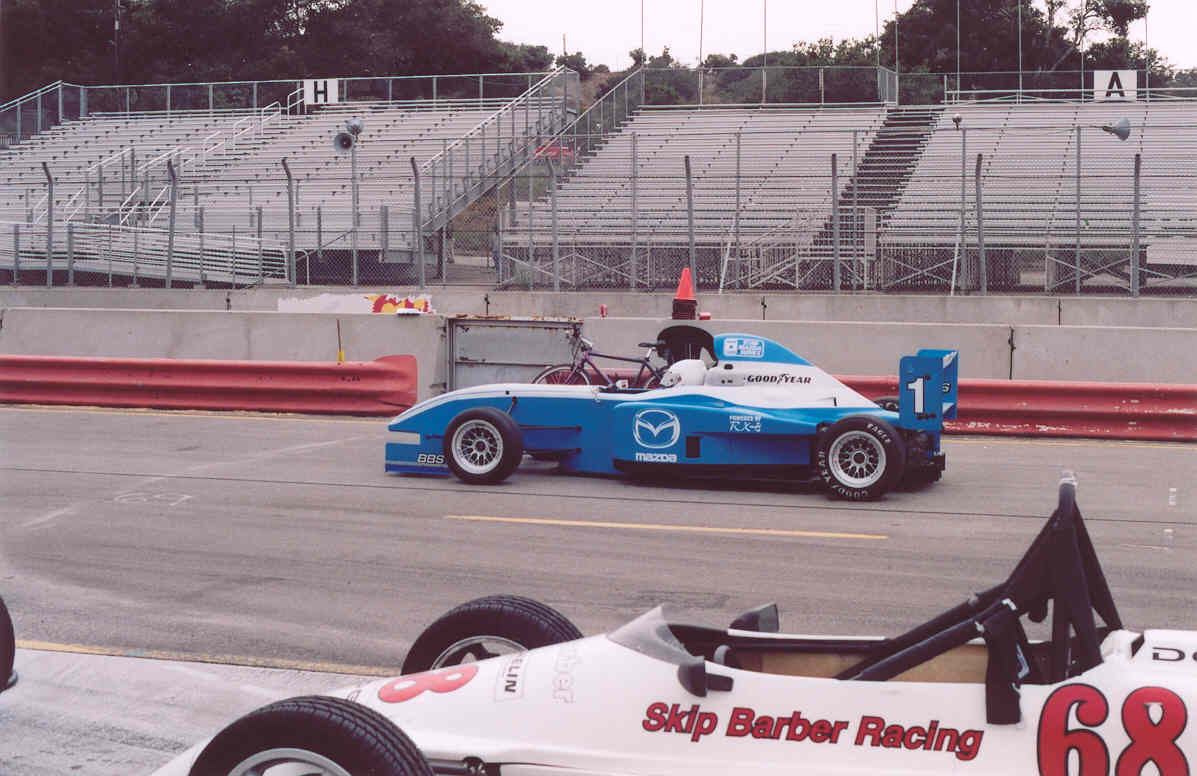 Mazda was there on the 3rd day filming this Formula Mazda car when we weren't using the track. |